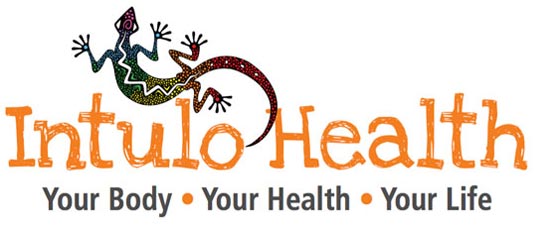Common Problems for Cyclists
In this article, Bournemouth based massage therapist Amanda Burger shares a common problem in cyclists and equally for anyone who sits in the same position for long periods daily

James Bannister (36 years old) - Vice President for a local company and travels with his job. Having competed at numerous different sports over the years, Motorcross, Quad Bike Racing and Squash, and an avid road cyclist, James came to see Amanda about lower back pain.
The Problem
During James’ initial consultation, Amanda diagnosed that he had tight Hipflexors, meaning that his quadriceps were short – easy to understand given his daily position behind a desk or indeed his leisure activities on a bike. Amanda also identified that his sacrum (the joint in between the hips bones was slightly raised as a result of his gluteal muscles being very tight) and also his PSOAS muscle (one of the bodies biggest stabilising muscles) was short – something which can also cause rotation in the hip.
If you think this article applies to you then please do not hesitate to contact Amanda on 07789810752 for a FREE 20 minute assessment.
Why does it cause lower back pain?
- In a tight and contracted state, your pelvis is effectively pulled forward which in turn shortens and weakens the hamstrings which are attached to the bottom of the pelvis.
- The pressure exerted by the PSOAS whilst in a contracted state can compress the joints and the lumbar discs of the vertebrae of the spine. This pressure causes degeneration and will make them more susceptible to injury.
- A shortened PSOAS on one side will pull the spine or pelvis to that side, leading to many painful problems including scoliosis.
- A tight PSOAS will stop your gluteal muscles (backside) from firing and activating normally, and the gluteal muscles are another large stabilising muscle in the body so because the two muscles are opposing...if one is out of balance, the other weakens and vice versa.
Amanda Burger’s Solution
- Stretch Daily: Add PSOAS and Hip Flexor stretches to your routine every day.
- Release: The most effective way to release this muscle is through Deep Tissue Massage.
- See a qualified therapist or do it yourself using a tennis ball. Lay on the ball about 1-2 inches outside your belly button. You’ll feel your PSOAS respond as you lower yourself. It will hurt a little. Arch your back; come up onto your elbows. This will result in a more forceful stretch and release on your PSOAS.
- Activate... Activate and strengthen your Gluteal muscles!
And because prevention is better than cure...
- Get a remedial program from your massage therapist, enabling you to strengthen key areas.
- Use a foam roller, especially after intensive physical activity.
- Posture: The best sitting posture is one that always changes! Sit back in your chair, stopping you from leaning forward as much and thus shortening the muscle even further.
- Don’t hook your feet under your chair. Rather set your feet flat on the floor or on a raise if necessary.
- Stand up when performing exercises – a good contrast to your daily sitting position!
- Stop sleeping on your stomach.
- MOVE MORE!
Written by Bournemouth based remedial massage therapist Amanda Burger


